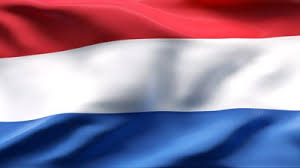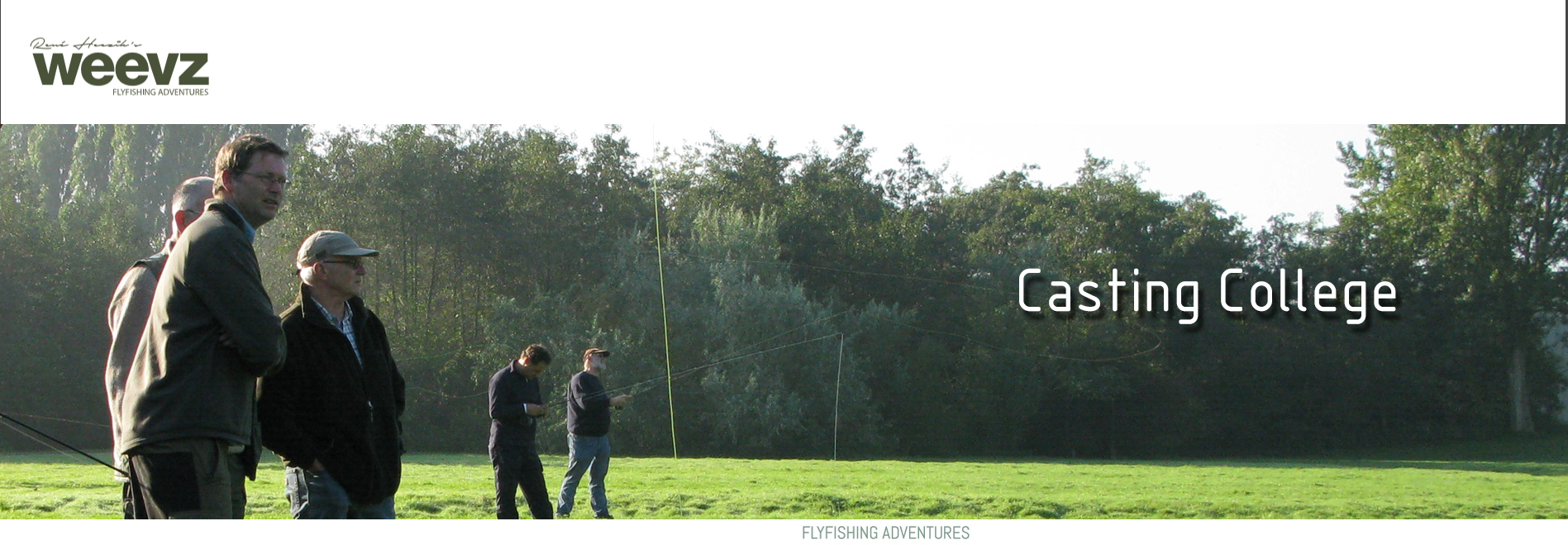Casting College
For those who do not know me my name is Rene van Heezik and I grew up in the shop of my parents Martin Flyfishing Outfitters Rotterdam. Due to these circumstances I've come into contact with the fly fishing scene at a very young age. Wout van Rijmendam (Former casting world champion with a fly rod) worked with us in the shop. So I could watch Wout on a daily basis while he practiced, showed his skills and helped customers with casting problems on the lawn behind the shop. Because of this I was, as a young boy, quickly caught by fly fishing. By watching Wout, his instructions, and many hours of practice, I've learned to cast and fish with the fly rod. Over the years fished in many places in the world such as Germany, Norway, Denmark, Bahamas and Cuba. Because of the passion for casting I became a certified casting instructor and over the years I have been able to help many fly fisherman getting their skills to a higher level. One can learn how to cast with a fly rod on his own, reading books, watching video's but if you eventually want to be a better fly fisherman/caster it is almost impossible to do this without lessons. The handling of the rod, double haul, timing and precision casts are known problems for many fly fishermen. In my workshops I teach these important skills so that you too can become an even better fly fisherman.
For whom are these workshops intended?
The workshops are designed for the novice and the experienced fly fisherman who want to learn single handed or double handed casting with a fly rod. The workshops can be given individually or in groups. For the experienced fly fisherman I always say that you are never too old to learn something. Any experienced fly fisherman has points in the technique he can improve. My qualities in teaching the art of casting a fly rod are: patience, understanding, observing and recognizing mistakes and correct them so your casting will become more comfortable!The better your technique, the less you have to "work" and the more relaxed you can fish.
Single handed Casting
Single-handed casting is what we, as fly fisherman, all do to be able to fish. There is no need to cast 30 meters to fish. Sometimes the leader's length is sufficient to reach the fish. But if the fish is 20 meters away from you you still want to be able to reach it. And if you can comfortably reach 27 meters, a fish 20 meters away from you is no problem. when you look at it this way, good technique will surely deliver more fish. Then there are a lot of casts that help to present a fly in a different way. Casts where the fly hits the water first, or last or around a corner behind a stone. Managing such casts makes casting more relaxing and fun. The less you have to work, the better you fish and the less tiring it is. This way you can fish longer without tired shoulders, arms or back. At single-handed casting workshops we help everyone to get the foundation on a higher level and time is spent on the "special" casts. The content of the workshops is flexible so when a student or group needs more instruction in a certain direction this is not a problem.What do we teach you?
You get a lot of information about different rods and lines and why one is sometimes better than the other depending on the situation. Of course, there will be a lot of practising and the instuctor will analyze your mistakes and help you to correct them. This happens on a very individual level. Each caster is built differently and this has an effect on your casting. The instructor will make a plan of action for each person to guide everyone in the best possible way. The casts that are used and worked with include the overhead cast and so-called water-casts.
Double Handed Casting
 Double-handed casting is something magical for many. It originates from salmon fishing
but over the years it has found its way in many branches of fly fishing.
There are now double handed fishing rods and lines available in very light AFTMA classes such as AFTMA 4 and even 2.
This is mainly due to the fact that once you have mastered the technique, casting it even easier
then with a single-handed rod. The length of a double-handed rod and the fact that the force is
divided over 2 arms makes the casting with these rods very relaxing.
It takes some time and effort to learn these techniques, but that also goes for the single-handed rod.
Double-handed casting can be very graceful and is fun by itself, but it is also very effective.
In salmon fishing, fishing is done with heavier lines and double-handed casting sure has its advantages because the
forces are divided over 2 arms and because of the length of the rod a longer length of line can be picked up from the water and
it takes less effort to manage longer lines. Most people will associate double-handed casting with spey casting.
Although that is quite logical, the spey casting is a specific way of casting. The spey cast is mainly for
situations where there is no room for a back cast. In such a situation we use the resistance/drag of water to
"load" the rod. If you look at this from a distance, you'll see a lot of big loops and you seem to be able to cast large distances
with just a few meters of space behind you.
The learning process begins with a normal "overhead cast" like we are used to with the single-handed fishing rod.
Double-handed casting is something magical for many. It originates from salmon fishing
but over the years it has found its way in many branches of fly fishing.
There are now double handed fishing rods and lines available in very light AFTMA classes such as AFTMA 4 and even 2.
This is mainly due to the fact that once you have mastered the technique, casting it even easier
then with a single-handed rod. The length of a double-handed rod and the fact that the force is
divided over 2 arms makes the casting with these rods very relaxing.
It takes some time and effort to learn these techniques, but that also goes for the single-handed rod.
Double-handed casting can be very graceful and is fun by itself, but it is also very effective.
In salmon fishing, fishing is done with heavier lines and double-handed casting sure has its advantages because the
forces are divided over 2 arms and because of the length of the rod a longer length of line can be picked up from the water and
it takes less effort to manage longer lines. Most people will associate double-handed casting with spey casting.
Although that is quite logical, the spey casting is a specific way of casting. The spey cast is mainly for
situations where there is no room for a back cast. In such a situation we use the resistance/drag of water to
"load" the rod. If you look at this from a distance, you'll see a lot of big loops and you seem to be able to cast large distances
with just a few meters of space behind you.
The learning process begins with a normal "overhead cast" like we are used to with the single-handed fishing rod.


